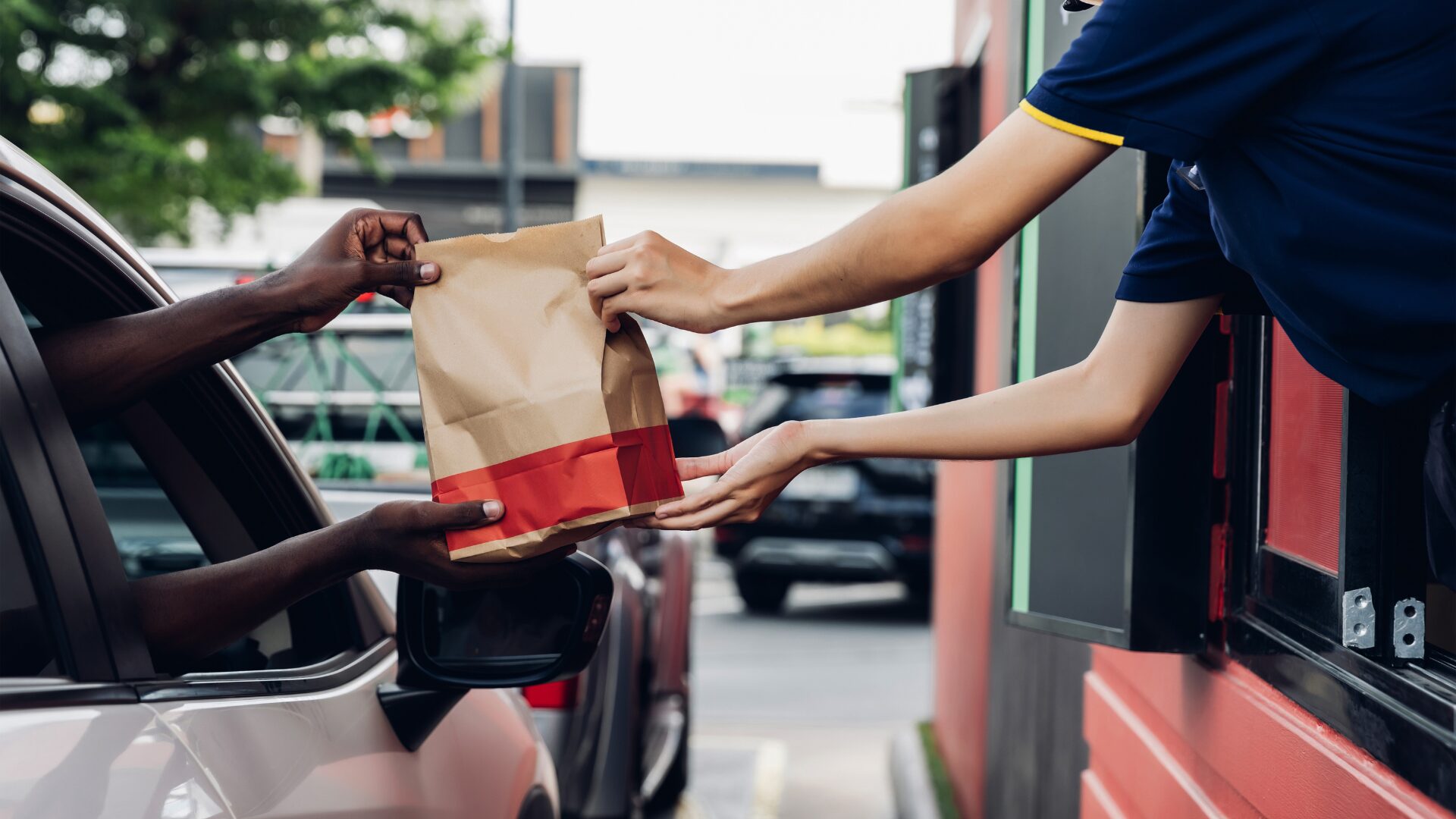As pandemic concerns ease and consumer mobility returns, how will the dine-at-home category evolve against the backdrop of surging inflation?
Last quarter, City National Bank Managing Director Eric Viergutz and RBC Capital Markets Managing Director Nik Modi joined The Food Institute Podcast to discuss food shopping trends and the prospects for at-home dining for the remainder of 2022 and beyond.
Below are highlights from the conversation, edited for clarity.
Prospects for at home consumption
Modi: We’re going to start seeing some of the at-home food consumption moderate, but we’re still going to be at elevated consumption levels from where we were prior to the pandemic.
There has been structural change in consumer behavior. We have hybrid work situations. Millennials are now in their peak family formation, and they’re loading their pantries with food and cooking more at home as value equations become a lot more understandable. It’s so much cheaper to cook at home for a family of four than going out to eat, especially in this inflationary environment we’re in, and people just became more skilled at creating meals, which is why they’re doing it more often.
And when you do something for 18 months, and you get comfortable with it, and you realize how economic it is, you can see why there’s some stickiness here now. We see it in the numbers. It surprised everyone to the upside, even the food manufacturers and the retailers, and we think that’s going to continue.
Outlook for delivery apps, functional ingredients, snacking
Viergutz: Some of the innovation that came out of the pandemic was foodservice operators getting on board with third-party delivery firms to stay afloat. I think that’s going to persist.
During the pandemic, there was an increased consumption of comfort foods and brands that people knew, but I think there’s going to be a refocus back to functional, beneficial-type foods.
I think snacking is going to be key again, especially as people are still working from home. Protein rich foods will still be very popular. Low- and no-sugar alternatives, low- and no-alcohol, as well. I think there’s going to be a focus on consumers looking at foods that are better for you and more functional in nature.
Evolving grocery shopping patterns
Viergutz: The pandemic caused a focus back to center store and I think you’re going to see a kind of an unwinding of that effect to certain extent. You’re seeing retailers doubling down on ready to eat, ready to heat and fresh options.
I also think frozen items are here to stay. There’s been a lot of innovation, bold flavors, and unique Asian offerings in the frozen section.
Modi: Large CPG companies have spent a lot of money to retain those consumers that really came in as trailers during the pandemic. And to some degree, the repeat rates and the household penetration is still higher today than it was pre-pandemic even though mobility is improving.
The other thing that I find interesting is how CPG companies are not skimping. Typically, when you have big inflationary moments, you start to see food producers look to value engineer products. Based on all the work we’ve done, that is not happening right now. So, it’s very clear that the food industry understands the importance of food quality and ingredients that the consumer is noticing.
So, I would expect a level of stickiness for the center of store that maybe we would not have seen prior to the pandemic.












